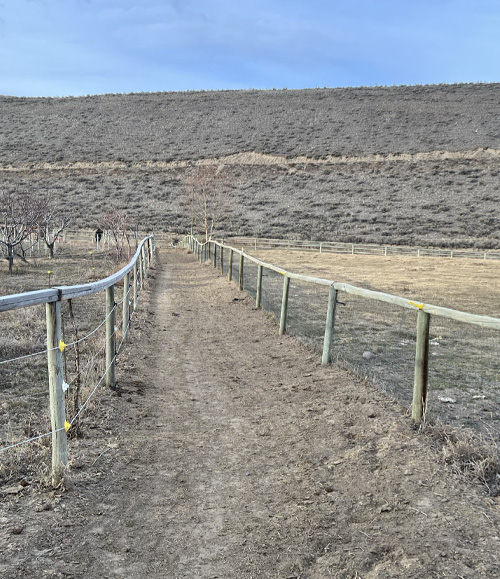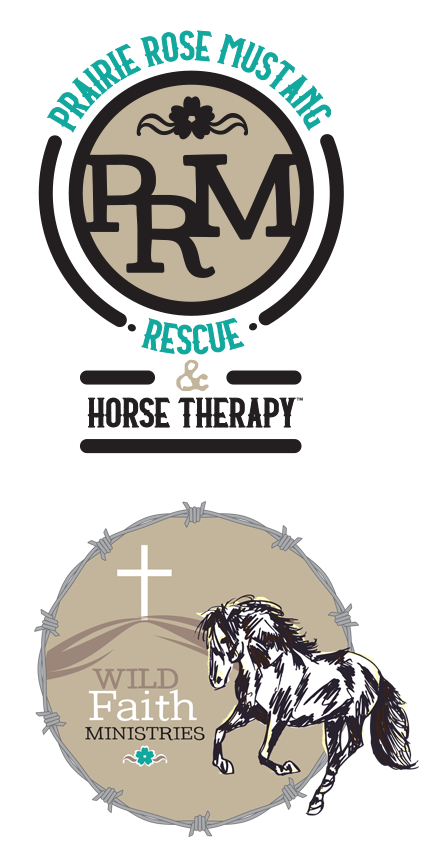The idea of a horse paddock might bring to mind small square enclosures, and the traditional idea of a horse pasture might be a basic rectangle or an odd shaped perimeter fenced off around property lines. Although these arrangements are considered more than adequate, there is some discussion about how to provide a more natural setting using patterns of runways between grazing areas. The benefits of such a creative set up may include more exercise, recreational access to space, and maximum use of land areas.
A circuit of fenced pathways connected to regular feeding or grazing areas gives a horse more chance of natural movement and exercise. With this set up, horses have the opportunity to run a long stretch from one enclosure to another, or simply exit and enter their regular enclosure with a chance to run and move freely. The pathways are clear of debris and are wide enough for one horse to pass another. These stretches of open trails offer natural exercise opportunities that can relieve stress symptoms such as ulcers or cribbing habits. The trails all provide an out for a horse that is being bullied by others in the herd.
Because the circuit of trails offers more exercise opportunities to horses, when it is time to ride, the horse has had a chance to move, stretch, and warm up already. And then these trail areas can be closed off for riding without other horses in the herd pestering the horse and rider. The trails can also be used for other recreational activities such as walking, biking, or cross-country skiing in the winter time.
A creative circuit of trail ways also allows for the maximum use of land available. It gives areas used for gardens or fruit trees protection while allowing for the horses to move through the space around. Depending on how ones set up is arranged, a galloping horse could zoom past ones patio, but the spectacle would be safe as the horse is running in its secure trail way.
The concept of interconnecting trail ways outside of regular enclosure spaces might seem complicated to create at first, but even a simple runway going around an area that is used for other things will provide benefits to both horse and owner. Horses will enjoy the benefit of more exercise and natural movement at all times, and the trails will give the land owners more ways to enjoy recreation on their property. In addition to the exercise and recreation, the trail system is a way to use every bit of land in the most efficient way possible.

In the book Paddock Paradise a Guide to Natural Horse Boarding, author Jaime Jackson explores floorplans for pastures that offer more than the typical four walls of a paddock.
The concept comes from observing horse herd in the wild and their patterns of movement which is centred around their area of drinking water access. Learning from free roaming horses, the paddock system rethinks the basic enclosure to give more movement to domesticated horses by giving them perimeter pathways to run and exercise.
With this set up, the horse have access to their water tub in the centre of the main area, but then have open access to pathways that go around the maximum area of the property and loop back to their main pen.
This layout can accommodate multi uses for a property, such as house, gardens, workshops, sheds, and parking areas, as the pathways use the extremities of the property and not taking away space from other uses.
The runways are wide enough to safely ride a horse on and are not pasture so they do not need irrigation. But they give a bountiful area for the horses to move and enjoy a good run.
Horse owners who have used this idea say that their horses are happy, have less anxiety, and have less negative boredom behaviours such as cribbing, which is chewing on fences. Also the horses are more ready to be ridden without requiring much lounging first as they have ready access to exercise all the time.
